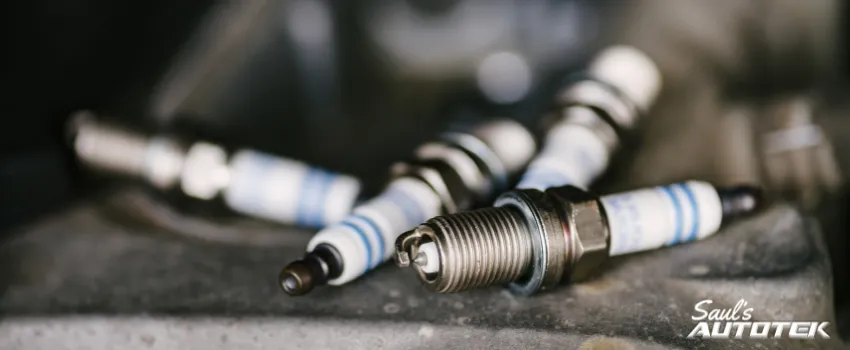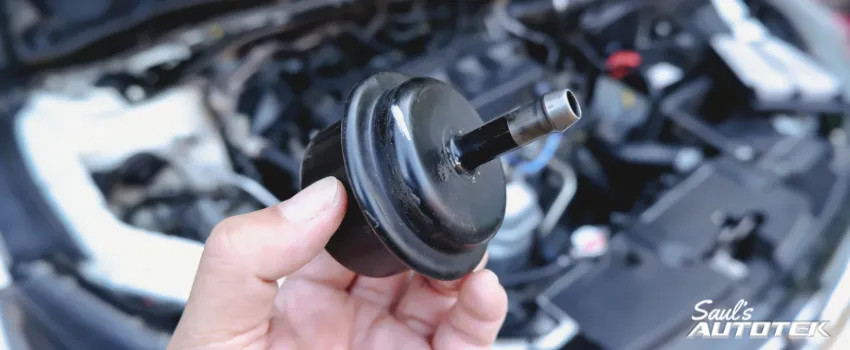Hi there. This is Saul Reisman over at Saul’s Automotive, here to talk to you again about the spark plugs inside your Denver car or truck engine.
Looking at the spark plug can be the same as performing a blood test on a person. It allows a very, very small amount of information to give us a wealth of knowledge about your vehicle.
When we pull a spark plug out of your vehicle, there are many conditions that we look for. From the basics of a carbon valve spark plug that’s simply old, worn and time to be replaced, to an oil-fouled plug that could be having an oil leak or a misfire as a result, as the oil is deteriorating that tip, not allowing a strong spark to occur.
One of the scariest ones we see is pre-ignition or detonation. This is when the actual fuel ignites before the spark has a chance to illuminate, and this can cause serious damage inside your Denver car or truck engine. Even the coloration of the ceramic inside the electrode can tell us what’s happening inside your engine. When we see very clear, strong white across these electrodes, we know that the inside of the engine has reached very, very high internal combustion temperatures. This is also a very worrisome one to see.
We occasionally see a broken insulator, where the insulator has physically deteriorated or fallen apart. This typically is just an old plug that requires replacement. Some of the more uncommon ones we’ll see is a torched seat, where the actual bottom of the spark plug sits into your 2005 to 2009 Ford F150 5.4 Triton V-8, which is the most common failure on the planet of this plug. This plug is also in 2.9 million Ford engines, so check and see if yours has this before you attempt to remove yours yourself, and risk damaging this plug.
Last but not least, the mechanical damage aspect. This is scary. If we see mechanical damage on the outside of a plug, it means something inside your engine is physically failing and contacting that spark plug. Not stuff we want to see. Last but not least, however, we still show our original straight, worn plug, and this tells us exactly what we should be looking for across the board.
Now, between these basic diagrams and our personal experience with the indicative running conditions of engines, just like a doctor may look at a blood test and analyze different levels inside it, we can get every aspect of the spark plug condition, down to the density of the fuel residue and carbon deposits on it, all the way to the conditions of the spark getting to or from the plug itself, the resistance occurring in the electrode, and how it’s transferring that spark into your engine.
Remember, an engine only needs four things to run. A spark is one of them. Without these little guys, you’re on the side of the road. If you have any concerns about your spark plugs in any way, shape or form, please give us a call. Saul’s Automotive can be reached seven days a week at 303-919-7769.
Schedule Your FREE diagnostic Subaru Outback Auto Repair Upkeep and Repair Appointment
Check out Our Reviews On Yelp! And Leave A Great One For Us!
Join Our Conversation on Facebook
Explore Our Exceptional Denver Auto Repair Services
- Brake Repair Service
- Suspension Repair
- Steering Repair
- Engine Repair
- Automotive Air Conditioning and Heating Repair





